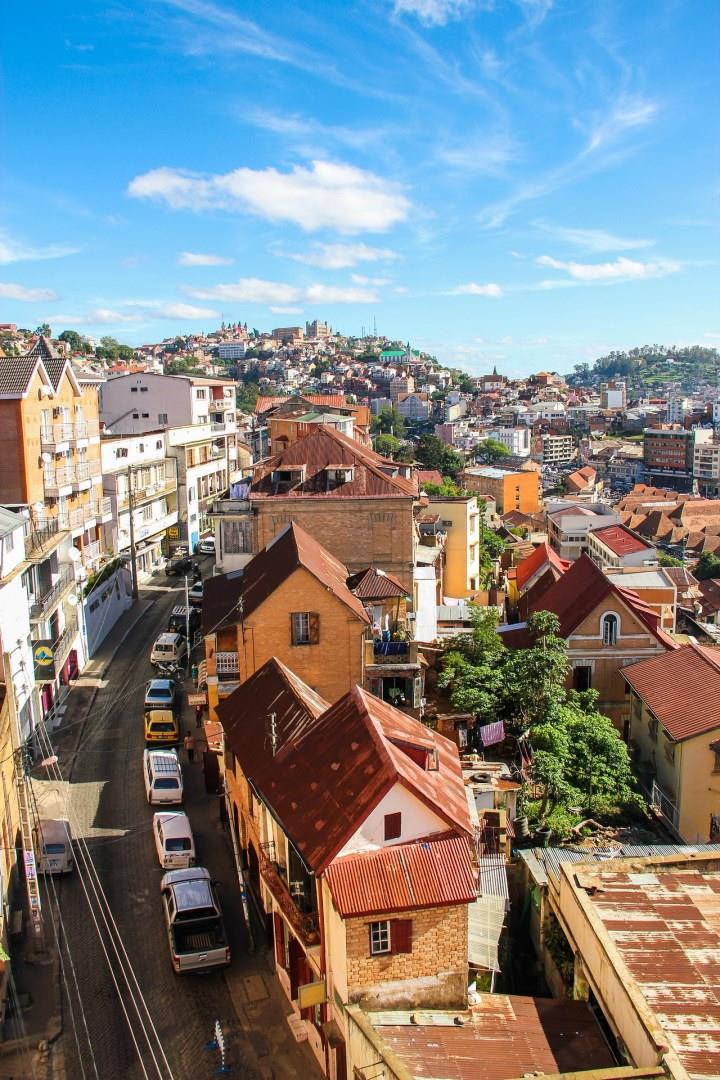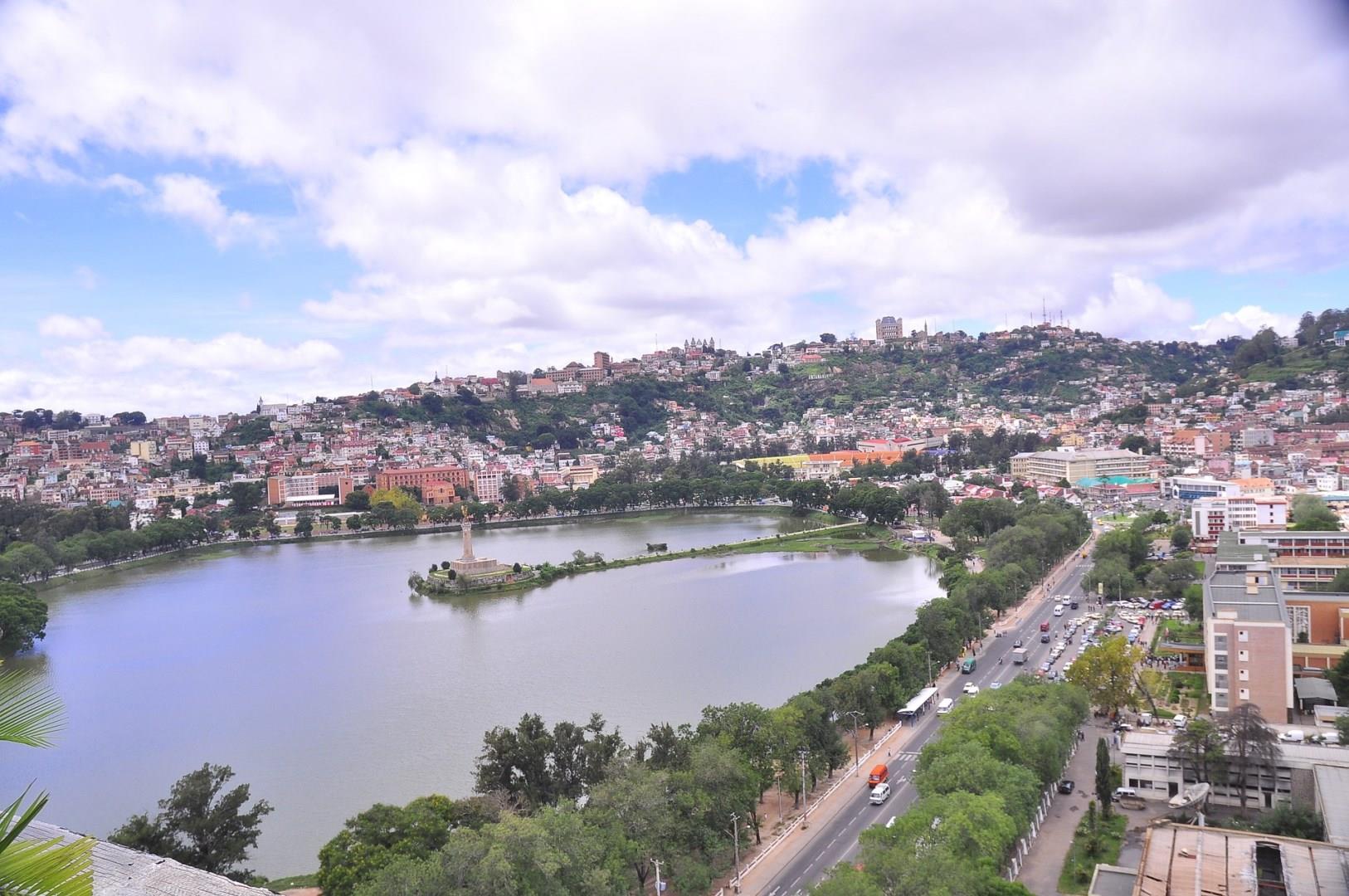

San Giovanni Rotondo
San Giovanni Rotondo, placed on the peak of Gargano, is an ideal place to spend, in spiritual serenity, a healthy vacation, far away from the frenetic daily life.

Gothenburg
Gothenburg, Sweden’s vibrant west coast gem, offers a perfect blend of maritime charm, innovative design, and sustainable living. Known for its picturesque canals, cobblestone streets, and classic Nordic architecture, Gothenburg invites visitors to explore its rich history and modern flair. The city’s heart is anchored by the famous Kungsportsavenyen (Avenyn), a grand boulevard lined with cafes, boutiques, and cultural landmarks like the Gothenburg Museum of Art.

Boracay
Welcome to Boracay, a dazzling gem in the Philippines known for its pristine white sand beaches and vibrant island life. Situated in the central part of the country, Boracay's most famous stretch, White Beach, is celebrated for its powdery white sand and crystal-clear turquoise waters. Rated as one of the world's top beaches, this 4-kilometer-long shoreline offers a stunning backdrop for sunbathing, swimming, and various water sports.

Atacama Desert
The Atacama Desert in Chile, the driest non-polar desert on Earth, is a place of extraordinary beauty and otherworldly landscapes. Stretching over 600 miles along the Pacific coast, the Atacama's stark, lunar-like terrain is punctuated by salt flats, active geysers, and rugged canyons. One of the most striking sights is the Valle de la Luna, or Valley of the Moon, where wind-sculpted sand dunes and jagged rock formations create a surreal environment that appears as if it's straight from another

El Salvador
El Salvador, small and densely populated, is a republic in northeastern Central America. San Salvador is the capital and largest city. El Salvador consists of a central plateau with river valleys and is situated between two volcanic mountain ranges that run east to west. High, rugged mountains are found in the extreme northwest.






